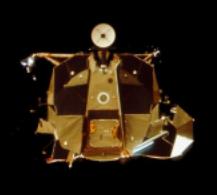|
ALWAYS CATCH A STRAY THOUGHT |
|
WRITER charles roberts |
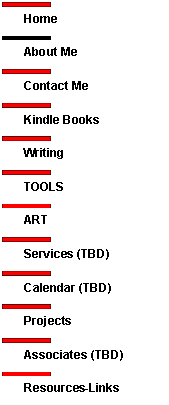

|
JUSTICE, LLC |
|
About Me - Page 1 |
|
Who am I today? I am for you.
I will always catch a stray thought and pass it on to you.
Although I am older than my parents will ever get, I wonder each day what they have made and what is yet to come of their author.
I am Myers-Briggs personality type “rational, mastermind,” Mechanical Engineer, Ba, UA ’96, with an interest in science and history, anthropology, technology and cybernetic theory, psychology and parapsychology.
I am funny.
Science Fiction - future, present, or past. This is my love, my joy. Literature drives my voice - beyond populisms; eternal, human, meaningful.
In any genre, venue or domain, fiction and non-fiction, I imagine high expectations from my readers and myself. I write of many things, augmented with video, audio, and graphic productions, in any style which reaches my intended audience through appropriate wordsmithing to portray the human interplay between psychology, philosophy, physics, and survival within the universe at large.
I will host a writers group, seat a nightclub table, tend a dream, and lead a study series in order to realize our goals as “creators.”
My goal in 2023: Create and execute my marketing plan, identify market opportunities and narrow productive focus.
From the mountains of Colorado, to the deserts of Arizona, across the westward ocean to the coasts of Hawaii, I write for you.
|
|
In my laboratory |
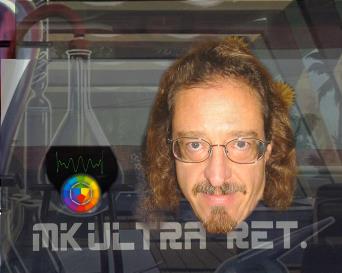
|
Born on planet Earth 1958 Homo sapiens species. Citizen of the galaxy. Perched on the edge of a “pebble in the sky” Writing is probably my 7th career. I publish independently under the auspices of Justice, LLC. After graduating from the University of Arizona in 1996, my BSc in Mechanical Engineering has organized my natural skills, brought many complete and well-planned projects from the clouds to the ground, and then to the bank. I plan to do the same as a writer.
Below are a few waypoints which may entertain you. |
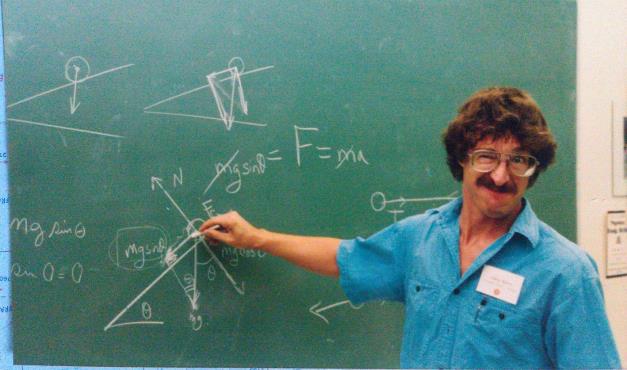
|
1990 - PHYSICS IS PHUN! |



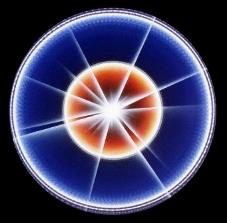
|
2001 - 2012 Justice Computers & Services, LLC |
|
WRITERS:
I host a weekly brain relief session. Did you sprain your pinky on the keyboard this week? Bitch about it!
Weekly invitations by email - different, secure login will be issued each session
EMAIL ME FOR INVITATION, DROP IN, OUT ANYTIME. |
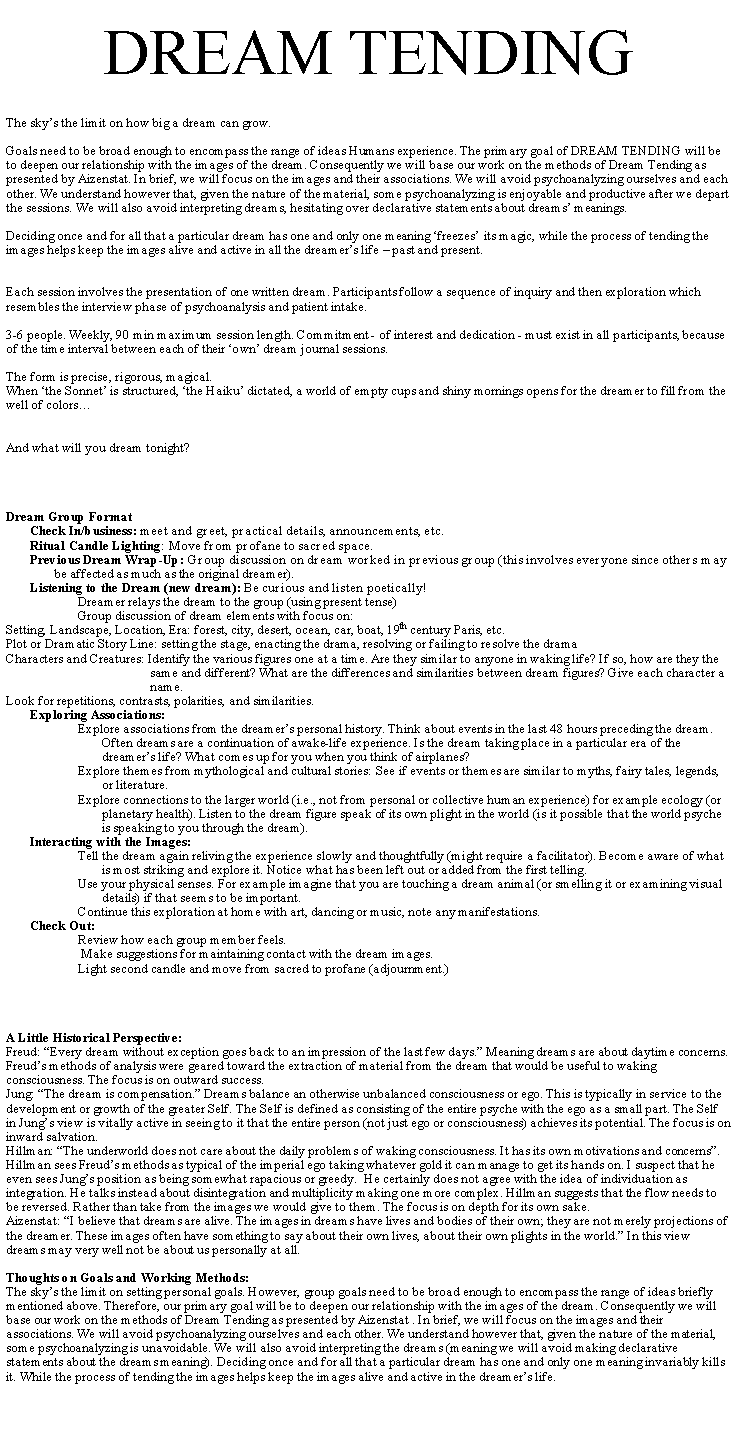
|
I have formed many small groups, including the above session and a writer’s critique group on SUNDAYS. EXAMPLE: |
|
After UA, I began working for a small computer service, sales, and support company. I liked the job so much, I bought the company.
Having built a toy computer as a kid in the sixties, the Commodore 64 computer became my first true computer during the eighties. I lived and worked through the computer revolution, learning almost everything first on paper, by hand and slipstick, then on keyboard and teletype, proceeding on to the mighty PC and the internet that Gore built.
Y2k, troubleshooting, business and science support - yes - but I worked with people – people who used computers...
Now we’re back to mainframes, clutching postage-stamp sized screens which serve as corporate point-of-sale terminals. (POS)
‘Homey don’t play dat.’
I’ll give up my PC’s when the lights go out. |
|
‘Learn to teach, teach to learn.’
During my education in southern Arizona, USA at the University of Arizona, I worked for two years at the open physics lab, teaching and assisting all physics students as needed. I know physics.
Senior project I acted as vice-author for an assessment of an orbital debris satellite named ASPOD. (Autonomous Space Processing of Orbital Debris)
Employed part time at a bio-physics lab as engineering support and research assistant.
Built solar telescope components at SCLERA - man what a view from the tower! Tallest building in Tucson. (Santa Catalina Laboratory for Experimental Relativity by Astrometry) |
